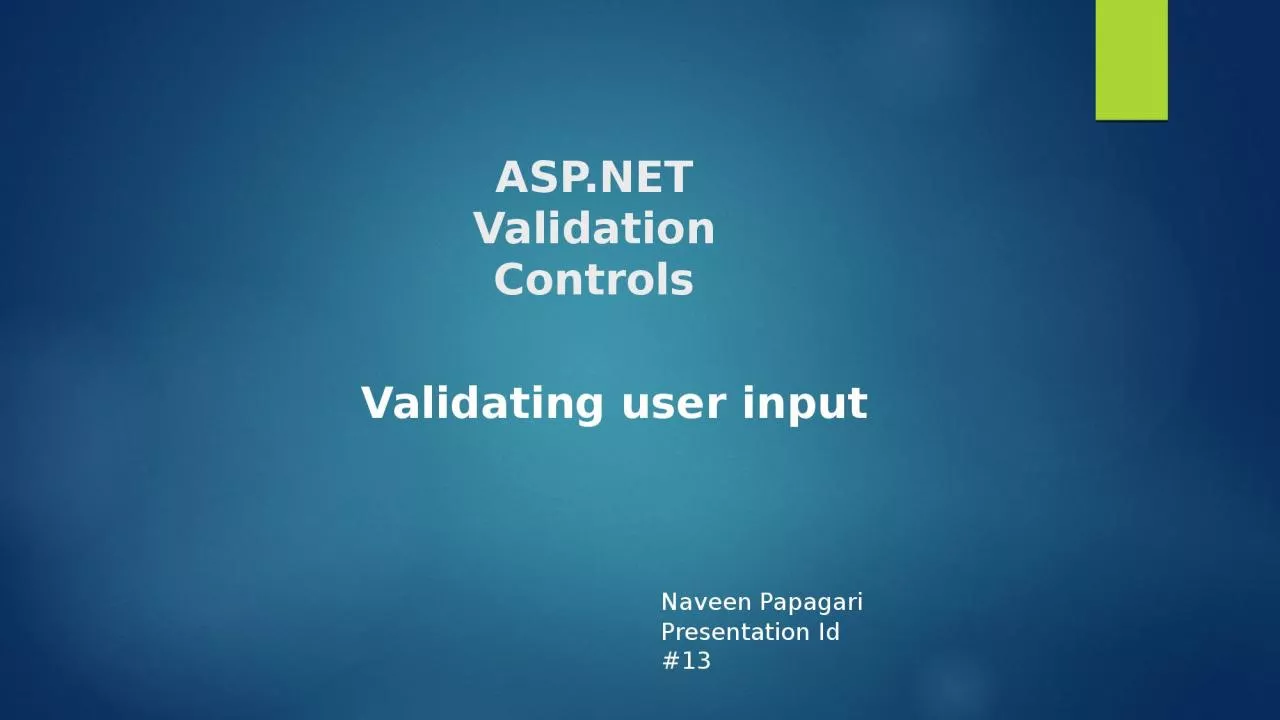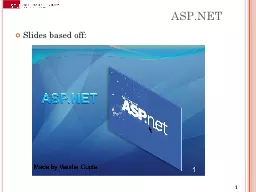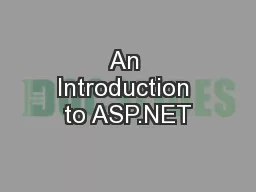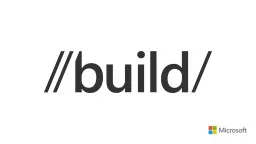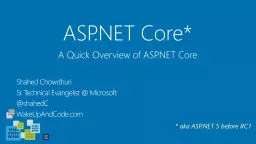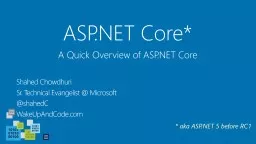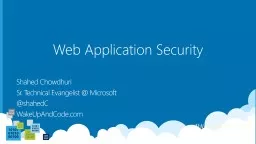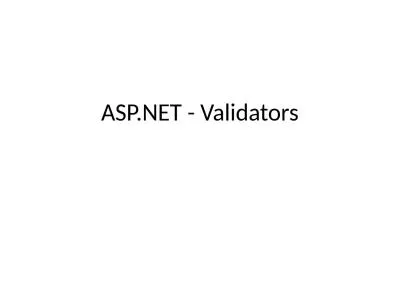PPT-ASP.NET Validation Controls
Author : kimberly | Published Date : 2024-01-03
Naveen Papagari Presentation Id 13 Validating user input Goals Check validity of data from the end user Why To maintain data integrity How Check user input
Presentation Embed Code
Download Presentation
Download Presentation The PPT/PDF document "ASP.NET Validation Controls" is the property of its rightful owner. Permission is granted to download and print the materials on this website for personal, non-commercial use only, and to display it on your personal computer provided you do not modify the materials and that you retain all copyright notices contained in the materials. By downloading content from our website, you accept the terms of this agreement.
ASP.NET Validation Controls: Transcript
Download Rules Of Document
"ASP.NET Validation Controls"The content belongs to its owner. You may download and print it for personal use, without modification, and keep all copyright notices. By downloading, you agree to these terms.
Related Documents

